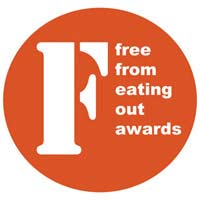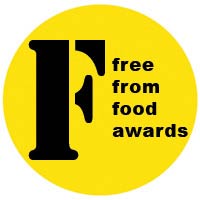
We were lucky that our daughter was only one when she was diagnosed, and she has never really known any other way of eating. She did have her own eating issues before she was diagnosed, but that is a subject for another post.
We talk about her ‘special tummy’, and try to make sure that there are treats available in the house that she can eat. In fact, the other children tend to think there are more of her treats than of theirs!
Explaining the disease and the diet to children will naturally depend on their age and understanding. There are booklets available for free from manufacturers, such as that from Juvela, called “I have coeliac disease”, which we think is great, and which has been taken to school and to Brownies to help explain to friends and to adults alike. There are books available from Amazon (try this one, called Eating Gluten Free with Emily).
We talk about how everyone is different – some have red hair, or need glasses, or have legs that don’t work so well – and having a special tummy is just one of the things that is different. But the best thing is, in our view, simply to keep the messages simple, talk about it when relevant and don’t talk about it when your child doesn’t want to. There will come a time (and we might be there now) when it is simply too embarrassing to be discussed every time we eat in public.
 |
I’ve written a book summarising what we’ve learnt over 20 years of dealing with the gluten free diet, and it might be just what you’re looking for. It packs the lessons we’ve learned into what I hope is a helpful and straightforward guidebook. It’s available on Amazon, as a paperback or for your Kindle… |


